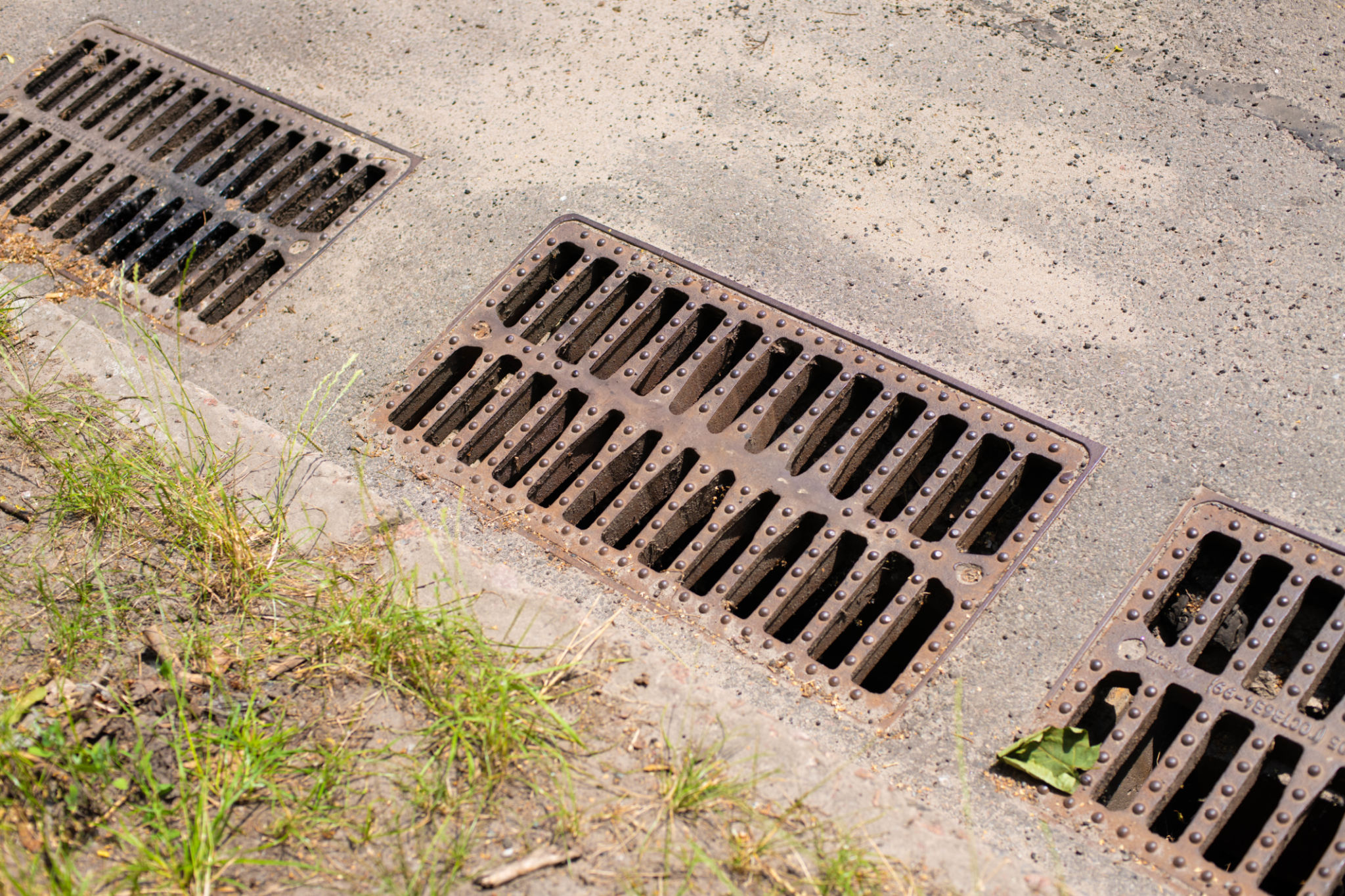Seasonal Maintenance for Bio-Swales: Ensuring Year-Round Effectiveness
Understanding Bio-Swales and Their Importance
Bio-swales are engineered landscape elements designed to manage water runoff, filter pollutants, and enhance groundwater recharge. These systems are crucial in urban environments, where impervious surfaces like roads and buildings lead to increased stormwater runoff. By slowing down and treating this runoff, bio-swales help prevent flooding and improve water quality.
Their effectiveness, however, depends on regular maintenance, which must be adjusted according to seasonal changes. Properly maintained bio-swales not only perform better but also have a longer lifespan, providing environmental benefits year-round.

Spring Maintenance: Preparing for Growth
As temperatures rise, plants within the bio-swale begin to grow. Spring is an ideal time to assess plant health and replace any that did not survive the winter. Ensuring diverse and healthy vegetation is crucial as it plays a significant role in filtration and water absorption.
A checklist for spring maintenance includes:
- Inspecting and removing debris that accumulated over the winter.
- Pruning plants to encourage healthy growth.
- Replenishing mulch to suppress weeds and retain soil moisture.
Summer Maintenance: Managing Growth and Watering
During the summer, bio-swales may require additional attention due to increased growth rates and potential dry spells. Regular watering may be necessary to support plant life, especially during prolonged periods of drought. Additionally, controlling invasive species is crucial to maintaining the integrity of the swale's ecosystem.

Regular inspections should focus on:
- Ensuring plants are not obstructing water flow.
- Monitoring soil moisture levels and watering as needed.
- Removing invasive plants that compete with native species.
Fall Maintenance: Preparing for Dormancy
As the growing season comes to an end, fall is a critical time to prepare bio-swales for the winter months. This preparation ensures that the system remains functional during heavy rains and snowmelt.
Key fall tasks include:
- Clearing fallen leaves and debris that could block water flow.
- Inspecting for erosion or sediment buildup and addressing any issues.
- Cutting back perennials to promote healthy regrowth in spring.

Winter Maintenance: Monitoring and Minimal Intervention
While winter does not require intensive maintenance, periodic checks are still necessary. Snow and ice can weigh down plants and cause structural damage to the bio-swale. Monitoring these elements can prevent long-term harm.
During winter:
- Inspect after heavy snowfall or ice storms for any damage.
- Avoid compacting snow on top of the swale, which could hinder drainage.
- Plan for spring maintenance based on winter observations.
The Benefits of Year-Round Maintenance
The seasonal maintenance of bio-swales ensures they function optimally throughout the year. By adapting maintenance practices to seasonal needs, you not only enhance their effectiveness but also contribute to a healthier urban environment. Properly maintained bio-swales reduce flooding risks, improve water quality, and support biodiversity.

Investing time in regular maintenance pays off by extending the life of these crucial systems and maximizing their environmental benefits. As urban areas continue to grow, sustainable practices like bio-swales are key to managing stormwater effectively.